Hair coloring with henna: all the pros and cons of natural care
Each new season brings fashion trends and trends with it, and women are undoubtedly the most grateful audience for innovations. It is women who make the main cash register for shops, boutiques and beauty salons. Since every woman wants to meet the season in all its glory. If you look into any beauty salon, you will notice there a number of people who want to dye their hair. Of course, hair coloring in the salon is several times less harmful to the hair and scalp than a similar operation performed with your own hands at home. Professional dyes contain less ammonia, more vitamins and oils, and the dyeing process itself is divided into several stages, including the obligatory preparation of hair for dyeing and softening them with balm and conditioner. And the hair in the salon will be completely dyed, because the master has a much larger viewing angle.
But despite all the advantages of salon dyeing, you should not build castles in the air, considering that the hair benefits from such procedures. No, no and NO! Hair coloring with long-lasting colors is a rough invasion of the natural hair structure! And in the future, you will have to intensify hair care, realizing that they are weakened and need treatment. The solution for girls who want to change without harm was coloring with henna.
What is henna?
In stores, boxes of henna are usually on the lowest shelves. Sometimes it is sold in nondescript paper bags, at the sight of which there is no desire to purchase it. But this is only at first glance! The fact is that henna does not need advertising! This is a real natural dye, absolutely harmless to hair. At its core, this is a plant that is crushed into powder. The color of the powder is green, but you should not be afraid of this - you will not turn green. With the help of this, in a good sense, a magic powder, you can heal your hair, at the same time giving it the desired color. Moreover, it is far from only redhead, which people can assume.
How to breed henna?
Do not rush to plant henna right away. First, remember to dye clean and dry hair. Or a little damp. Otherwise, dyeing will be less effective on dirty hair. After the head dries a little, you can dilute henna. To do this, pour the powder into an enamel bowl. For medium-length hair - shoulder-length, 100-125 grams of powder is enough. Next, you need to fill the powder with hot water, but not boiling water, since the coloring properties of henna do not appear in it. The mixture must be brought to the consistency of thick sour cream without lumps. Now you can take care of your hair. To do this, you need to add cosmetic oils to henna, each of which has its own list of useful functions. Oils are added to moisturize the hair and scalp, as henna dries them out. That is why it is not recommended to carry out henna staining too often. The most basic recipe involves the addition of burdock oil, which accelerates hair growth. The mixture is ready. Before dyeing your hair, you should take care of the presence of gloves, since henna is very problematic to wash off the skin. To avoid staining the forehead and neck, smear them with a fat cream. Until the mixture has cooled down, you need to apply it to the hair, starting from the back of the head and ending with the temples and forehead, where the hair is lighter and colored quickly. Hair should be collected at the back of the head, wrap your head with plastic and a towel, which is not a pity, as it may stain a little. For at least the next 20-30 minutes, you can relax and wait. Rinse off henna with water without shampoo, but you can use a balm or conditioner. After staining for 2-3 days, it is better to refrain from washing your hair with shampoo, as the result will appear brighter.
Depending on the time of exposure of the henna on the hair and the original color, the result can vary from a reddish shade to a rich terracotta. But this, of course, is not the only way to prepare henna. As a paint, henna allows you to bring a whole spectrum of colors to life. Folk recipes with herbal ingredients promise a rainbow of shades from golden red to dark brown.
Simply put, henna can be supplemented with all the products that are present in the refrigerator. Dilute henna with kefir, and you get a delicate shade and an excellent hair mask. Add black tea, cocoa or coffee to henna and as a result, you can get a chocolate and rich brown color. If you dilute henna with chamomile infusion or orange water, then in the first case, the color will become calm, and in the second, a golden or honey tint will appear. In addition to oranges, you can use any citrus juice or infusion on the peels. In an acidic environment, by the way, the coloring properties of henna are fully manifested. Therefore, sometimes to give brightness to the resulting shade, the hair is rinsed with vinegar after dyeing. An intense yellow tint to the hair is given by turmeric added to henna, but the shade fades quickly. The regularity of such dyes and the cumulative effect of henna will, over time, keep the shade on the hair. Some sources claim that turmeric slows hair growth, while others put forward the opposite opinion. But in general, both opinions are categorical, since turmeric does not have a particular effect on hair growth.
It is very interesting to try to breed henna with cinnamon. In combination with henna, it gives the hair a brown color and irritates the hair follicles, which really leads to faster hair growth. In addition, cinnamon interrupts the smell of henna and the hair smells good.
To give the hair a bronze tint, dried rhubarb boiled in white wine, boiled saffron, honey dissolved in water, ginger and ginger powder are added to henna, which extinguishes the redhead. To strengthen the hair and give a light golden color, henna is diluted with an infusion of onion peels and a few drops of iodine are added.
If you plan to give your hair a red tint, then chopped madder, beet juice, red wine or ground cloves will help. The components can even be mixed, which will only enhance the effect.
A pleasant shade of chocolate can be formed using ground coffee, walnut leaves and shells, as well as the well-known basma, which is often mentioned along with henna. Basma is used in various proportions to give dark shades, but by itself, unlike henna, it is not a dye and is not used separately.
Henna also has color restrictions. With its help, you cannot achieve cold, very light and radically dark colors. In addition, henna may not completely paint over the hair if the hair was previously dyed with chemical paint and the roots had time to grow back.
Over time, each woman forms her own recipe for staining with henna and, through trial and error, reveals little tricks. So, to add density and originality of color, you can add egg yolk, and cosmetic oils can be successfully replaced with ordinary olive or sunflower oil. The color will last longer if the henna is held in a water bath for about 10-15 minutes. Henna is strongly absorbed into the hair, so you can take care of the aromatic additives to the mixture in advance. So, a pleasant aroma along with a reddish tint will add hibiscus tea, lemon juice, aromatic coffee.
Henna is not only a tinting agent, but also a very effective medicine for hair, reducing their loss and removes dandruff.
Some girls who have tried henna scold her, saying that she is blocking the ability to paint her head in a different color. This is not entirely correct point of view. After dyeing with henna, it is really better to wait a few weeks before dyeing with chemicals so that the henna has time to wash off a little.Otherwise, a chemical reaction of the dye to henna may occur, and the result will be unexpected.
How does henna work?
The principle of action of henna is very simple. Henna penetrates into the hair and fills it, making it thicker and has a glossy shine. The general healing effect on the hair is extremely great, and the appearance changes dramatically, because the hair becomes heavier, thicker, and looks spectacular. Plus, henna dries the scalp a little, so the hair gets dirty less often.
The sensations from the correct application of henna can only be positive, so feel free to give preference to this natural dye and experiment with color, nourishing your hair!

 home
home All articles
All articles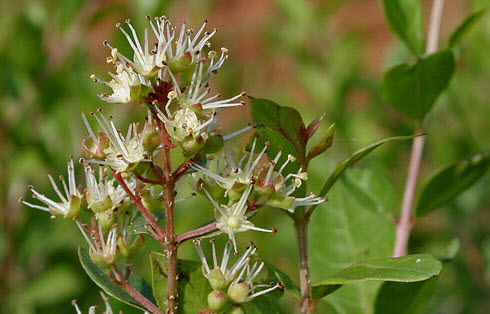
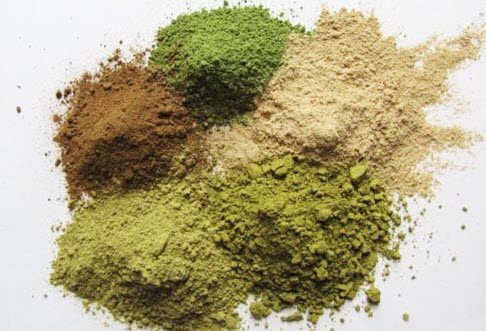
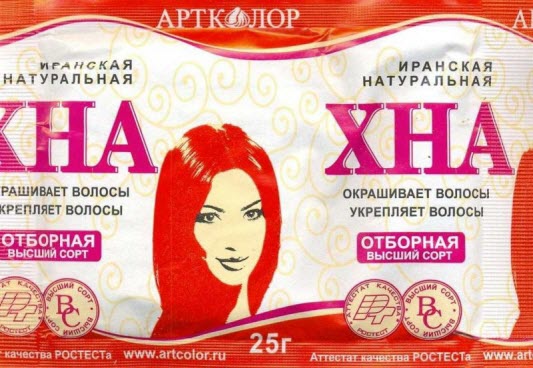
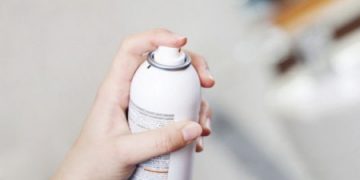
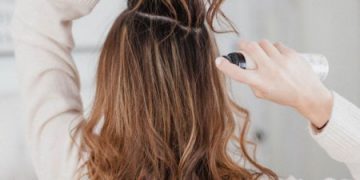
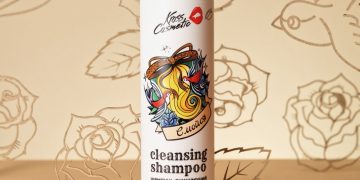
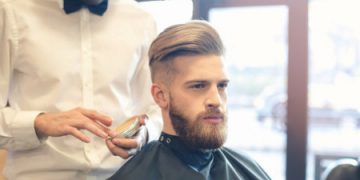














Yes, I sometimes make masks from colorless henna - the color does not deteriorate, but the result is good, my thin hair is stronger, it does not crumble and does not break after such masks. But I still paint with paint, my light blond henna will not work
Masks are really good their henna)
It will turn out if Moran is painted with henna. But a specialist. There are natural brightening oils and a tint for blondes.